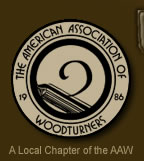David Vehrs: Turning A Lidded Box
Prepare a blank that is several inches longer than the finished box, lid, and finial. Cut a tenon on each end and cut the blank in two. Mount the piece for the lid on the chuck and true the face.
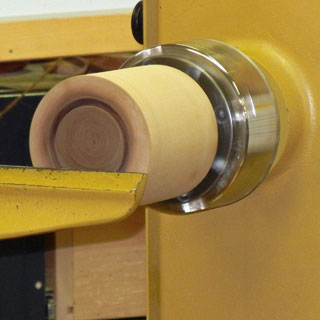
Cut the recess for the lip of the base leaving enough wood on the outside as necessary for the design of the lid.
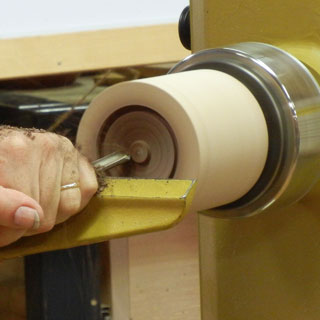
Hollow the lid using gouges or scrapers. Dave likes to use a VM Woodworking carbide scraper.
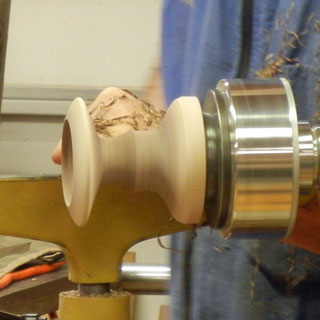
Turn the outer profile of the lid and the lower portion of the finial.
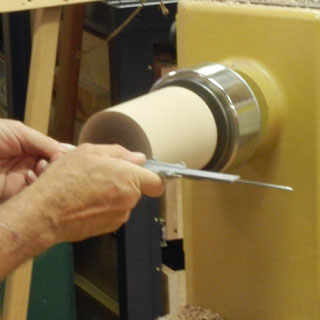
Mount the base on the chuck true the face. Mark the diameter of the recess being very careful not to let the center point of the caliper touch the spinning blank.
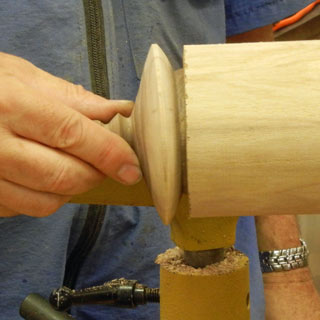
Using a parting tool, carefully cut the lip to the line. Check to see if the lid fits and take another light cut. A slight taper on the lip makes the fitting easier.
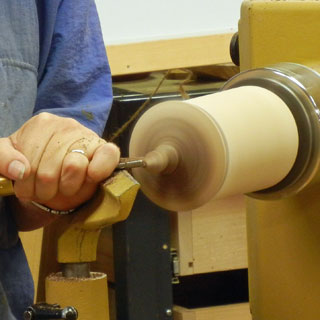
Press the lid onto the base and finish turning the finial. A piece of paper towel between the lid and base will make a more secure fit.
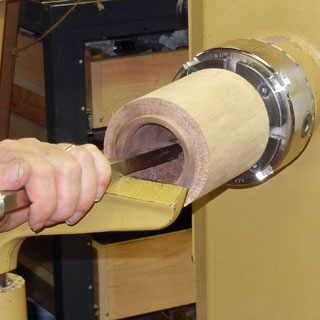
Drill a 1/4" hole to the desired depth of the base and hollow the base. The hole also makes it easier to hollow to the center of the base.
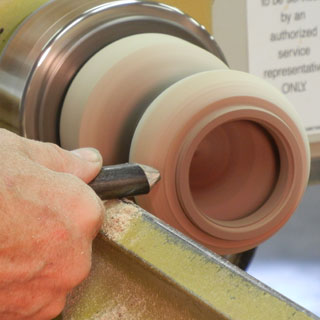
Turn the base to the final profile, sand the base and lid, and apply the finish.
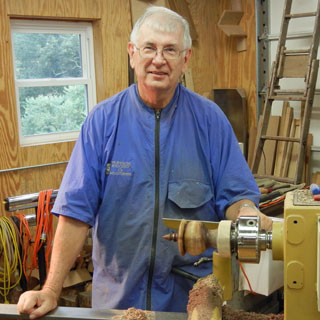
The lideed box is complete! Woodturners appreciate lids that fit tightly, customers prefer to have the lid come off easily.
Jim Meyers: Threading A Lid
Jim demonstrated several ways to cut threads at the November 2012 meeting. Here is a link to that demonstration: Jim Meyer
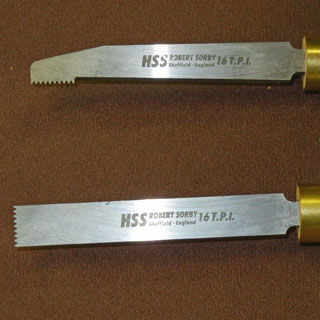
Robert Sorby makes a pair of tools for cutting threads by hand. The workpiece must rotate slowly, and a lot of pratice is needed to cut threads cleanly and reliably.
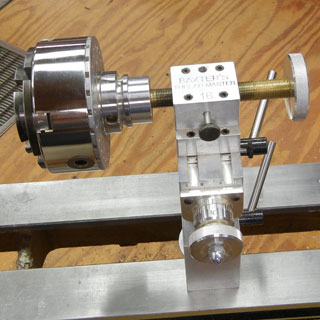
The Baxter thread machine includes a tool holder to move the chuck and workpiece in or out towards a cutter and advances the workpiece along the axis according as the chuck is rotated by hand.
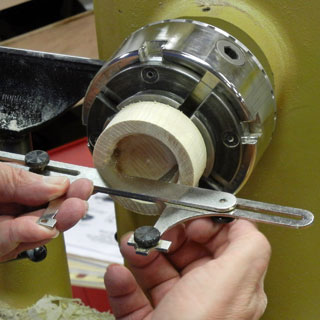
Because threads are V shaped, interlock, and about 0.040" deep, the diameter of the tenon to be threaded must be 0.040" larger than the recess for the female thread.
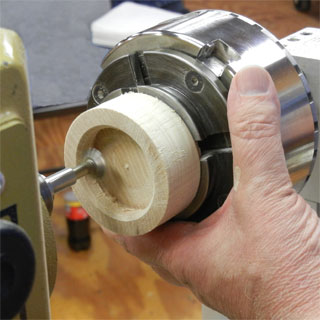
The workpiece is adjusted so it touches the cutter and the thread is cut by rotating the chuck. Several passes are needed since only about 0.010" can be cleanly cut on a pass.
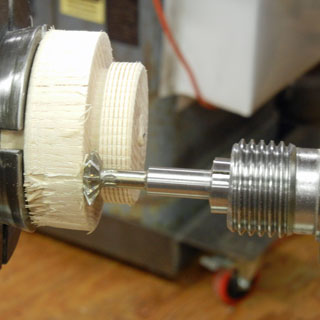
The male threads are cut on the tenon in a similar fashion. A relief or clearancde cut for the rotating cutter must be made at the inner end of the thread.
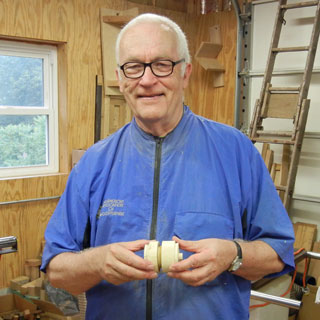
Careful sizing of the blanks and accurately cutting the depth of the thread provides a good fit for the base and lid. Threads for a lidded box should be cut before the other shaping steps in case the threads don't fit well the first time.
by WVWA, a chapter of the American Association of WoodturnersReturn to the Events page

